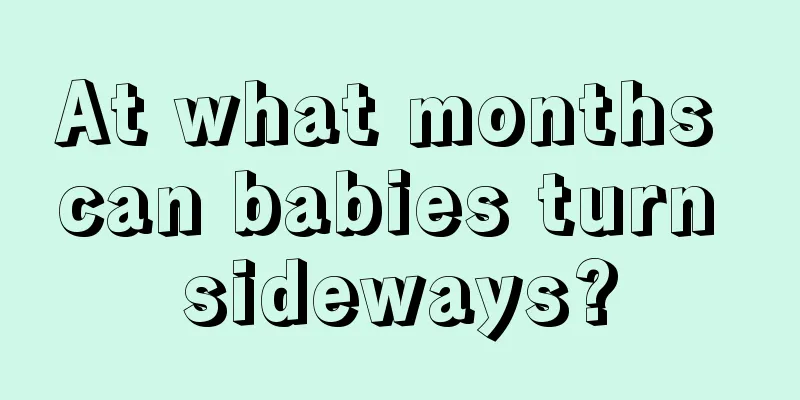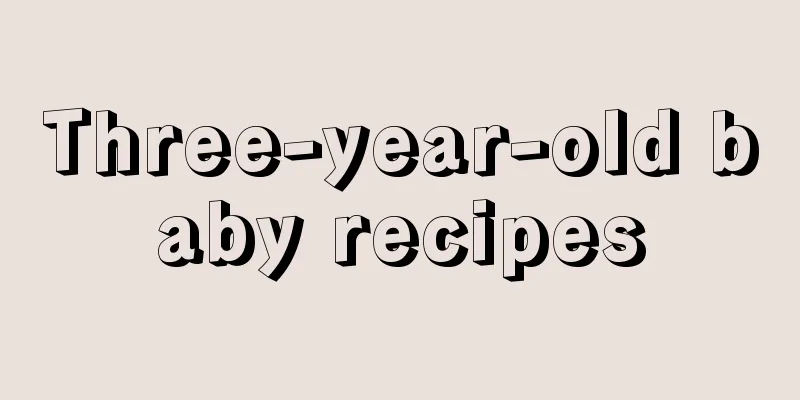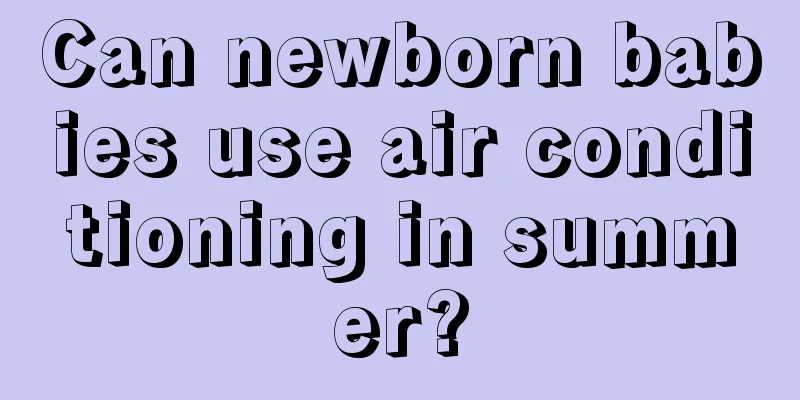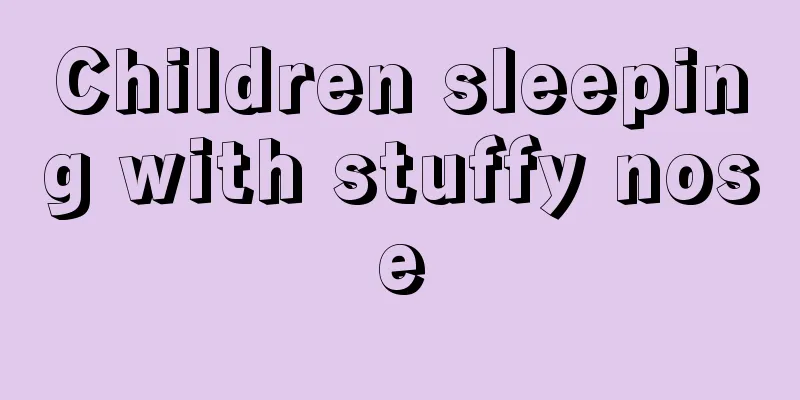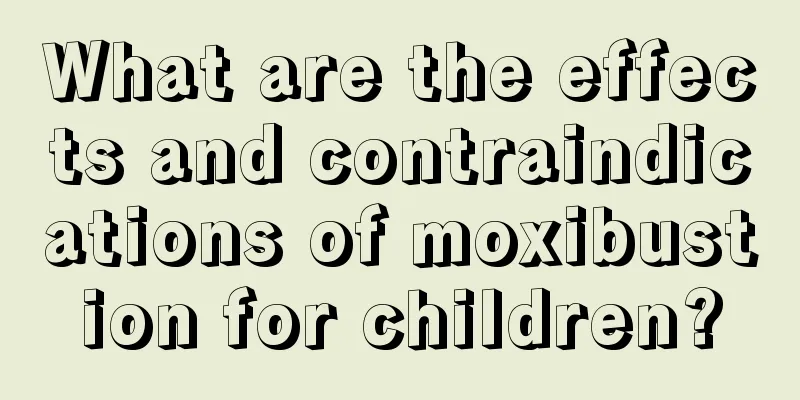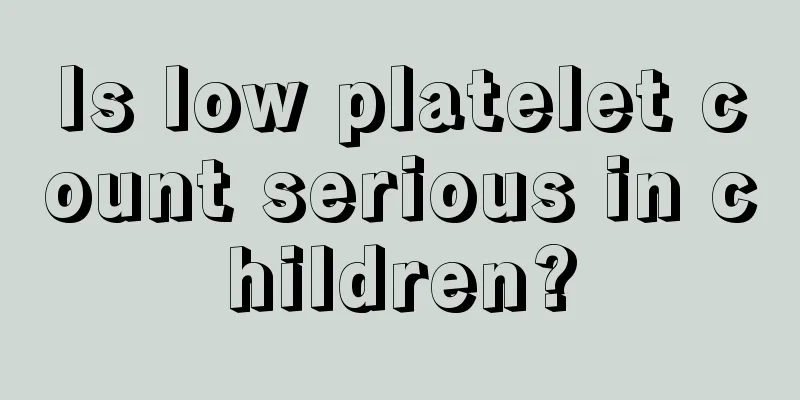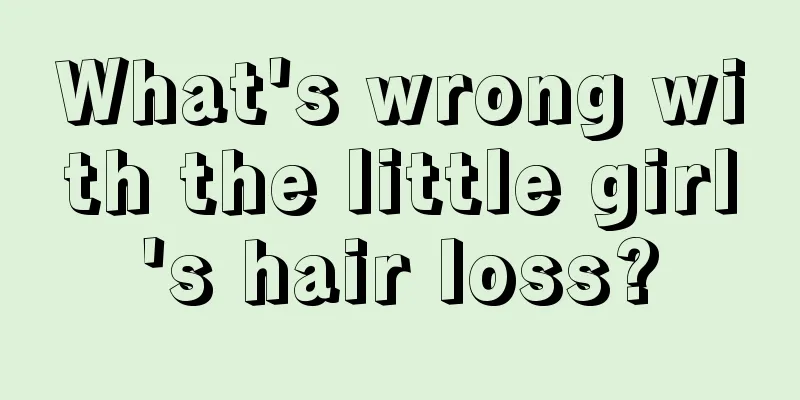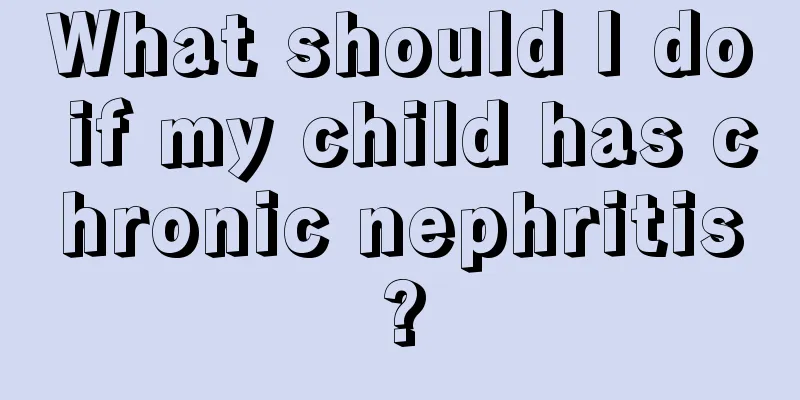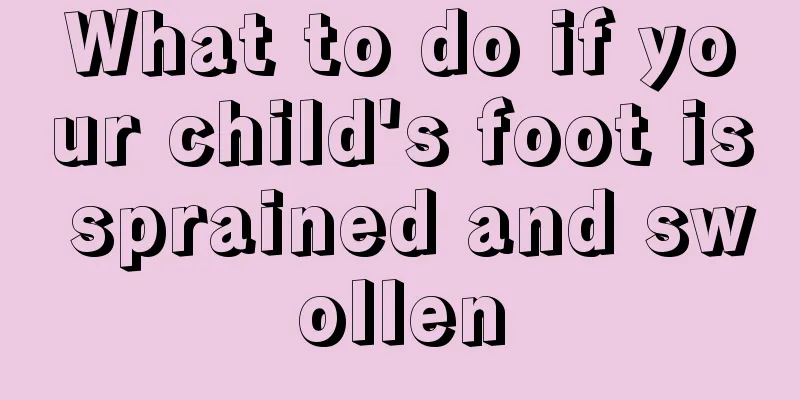At what age is it best for children to replace their baby teeth?
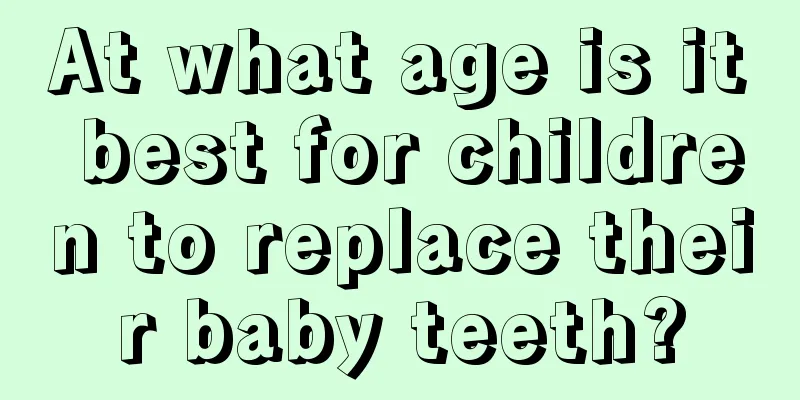
|
Teeth and bones are both made of solid calcium, so they can be considered the hardest parts of the body. Moreover, teeth are the organs we use to chew food and play an important role in the human body. But in fact, everyone knows that when people are born, they have no teeth. Only after a few months do the first few baby teeth appear. So, at what age can children replace their baby teeth with normal teeth? Children usually start to lose their teeth around the age of 6. The physiological shedding of the first deciduous tooth usually occurs around the age of 6, but it can also occur as early as 4 years old, or as late as 7-8 years old, so there is no need to worry. Naturally fallen deciduous teeth have no roots and the fallen surface appears eroded. Parents should pay attention to observe and not confuse them with broken roots of deciduous teeth. People grow teeth twice in their life, namely deciduous teeth and permanent teeth. There are 20 deciduous teeth, which usually start to erupt around 6 months old and are fully grown at 2-3 years old. There are 28-32 permanent teeth (the number of wisdom teeth is 0-4), which usually start to grow around 6 years old and 28 are fully grown at 12-13 years old (wisdom teeth vary from person to person). Therefore, the tooth replacement period is usually between 6 and 12 years old. There are certain rules for tooth replacement. Simply put, it is a certain time and a certain order, following the principle of "left-right symmetry, first lower and then upper". Left-right symmetry, first lower and then upper refers to teeth with the same name. There are two different opinions about which permanent tooth grows first in children. One is that the first permanent molar that usually grows around the age of 6 grows close to the last deciduous molar, called the sixth-year molar, which erupts slightly earlier than or at the same time as the lower central incisor. Another theory is that children first replace the two middle front teeth in the lower row. Dentists say that this may be different for each child. Children grow upper central incisors and lower lateral incisors at the age of 6-8, upper lateral incisors at the age of 8-9, first and second bicuspids at the age of 10-12, and permanent canines at the age of 10-11. Through the above introduction, everyone should now know at what age children replace their baby teeth. Because each child's baby teeth change at different times, the time is not certain. So if your baby's baby teeth haven't been replaced in the early stages, you don't have to worry too much. In addition, teeth are very important to us, so we must protect them well. |
<<: What to do if your child has anorexia or picky eating
>>: Why do children often have fever?
Recommend
Reasons for watery stools in newborns
The birth of every newborn brings a surprise to t...
Primary school third grade schedule
The third grade is an important year in elementar...
Is laryngitis contagious in children?
Laryngitis in children is a relatively common dis...
Duloxetine for the early manifestations of brain damage in babies with brain damage
The main effect of duloxetine is to treat brain i...
Will a febrile seizure leave sequelae?
Children's physical health is an issue that t...
What fruit is best for children?
Children's immunity is generally low, so they...
What to do if a child has a viral cold or cough
It is normal for children to catch a cold and hav...
Testicular retraction in children
Testicular retraction in children is a very commo...
Can children eat chestnuts?
Chestnut is a very good food and many people like...
Treatment for one-year-old baby vomiting in the middle of the night
In our lives, it is common for one-year-old babie...
How many months does the child eat complementary food?
Maybe many of us don't have a clear understan...
White spots on the child's skin
Since having children, parents are most worried a...
What are the precautions for the high incidence of hand, foot and mouth disease in summer?
It is generally believed that spring is drier and...
Three month old baby blowing bubbles
It is quite normal for a three-month-old baby to ...
What to do if your child has white spots on his arms
The white spots on children's arms may be vit...
